Swimming to Rio
A series of beach portraits from Ramos, an artificial saltwater lake surrounded by more than a dozen of Rio de Janeiro’s favelas—an oasis in one of the city's poorest areas.
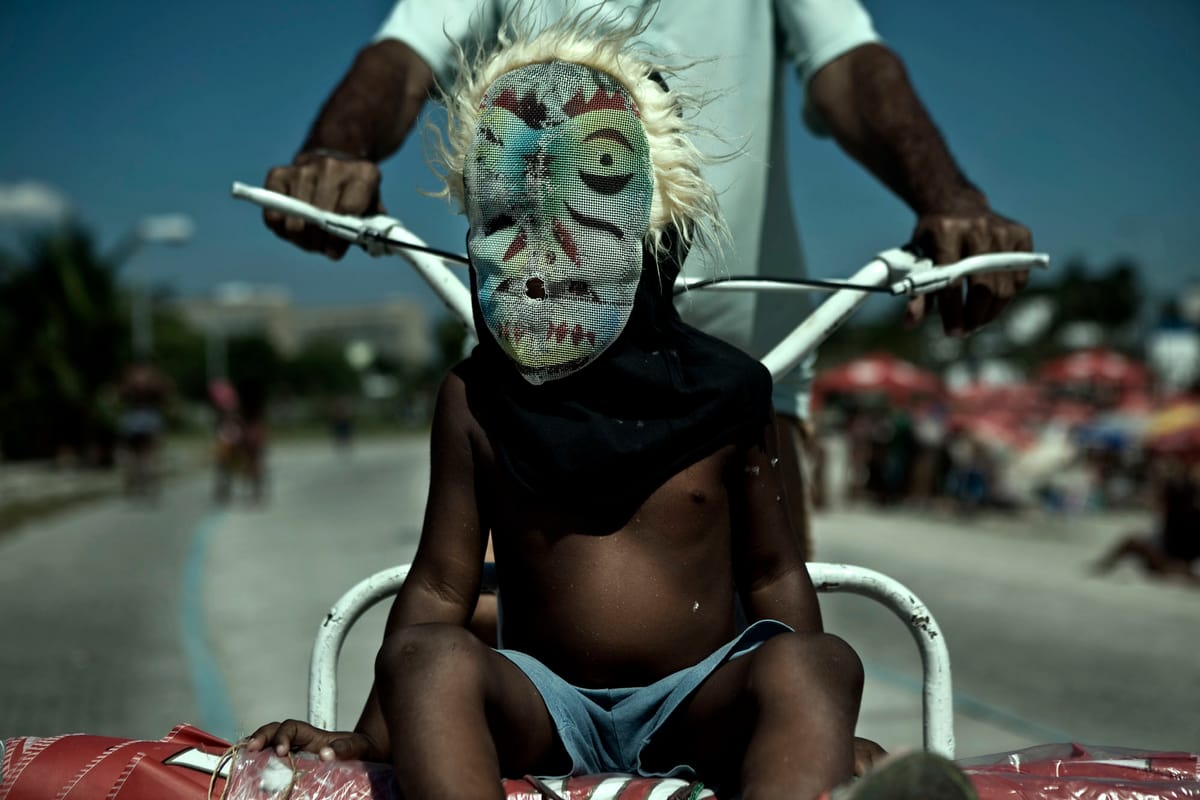
Interview by Nozlee Samadzadeh
TMN: What is Ramos? Where is it?
Julio Bittencourt: “Piscinao de Ramos” is a salted water lake built in 2001 in the suburbs of Rio, in front of a community called Ramos. The “big swimming pool,” as it is called, is located on the west side of the city and stands in front of the famous Guanabara Bay, surrounded by approximately 15 different favelas (slums)—one of the poorest areas of Rio. Continue reading ↓
Julio Bittencourt’s work is on display at 1500 Gallery through Jan. 28, 2012. All images courtesy of the artist and 1500 Gallery, all rights reserved.
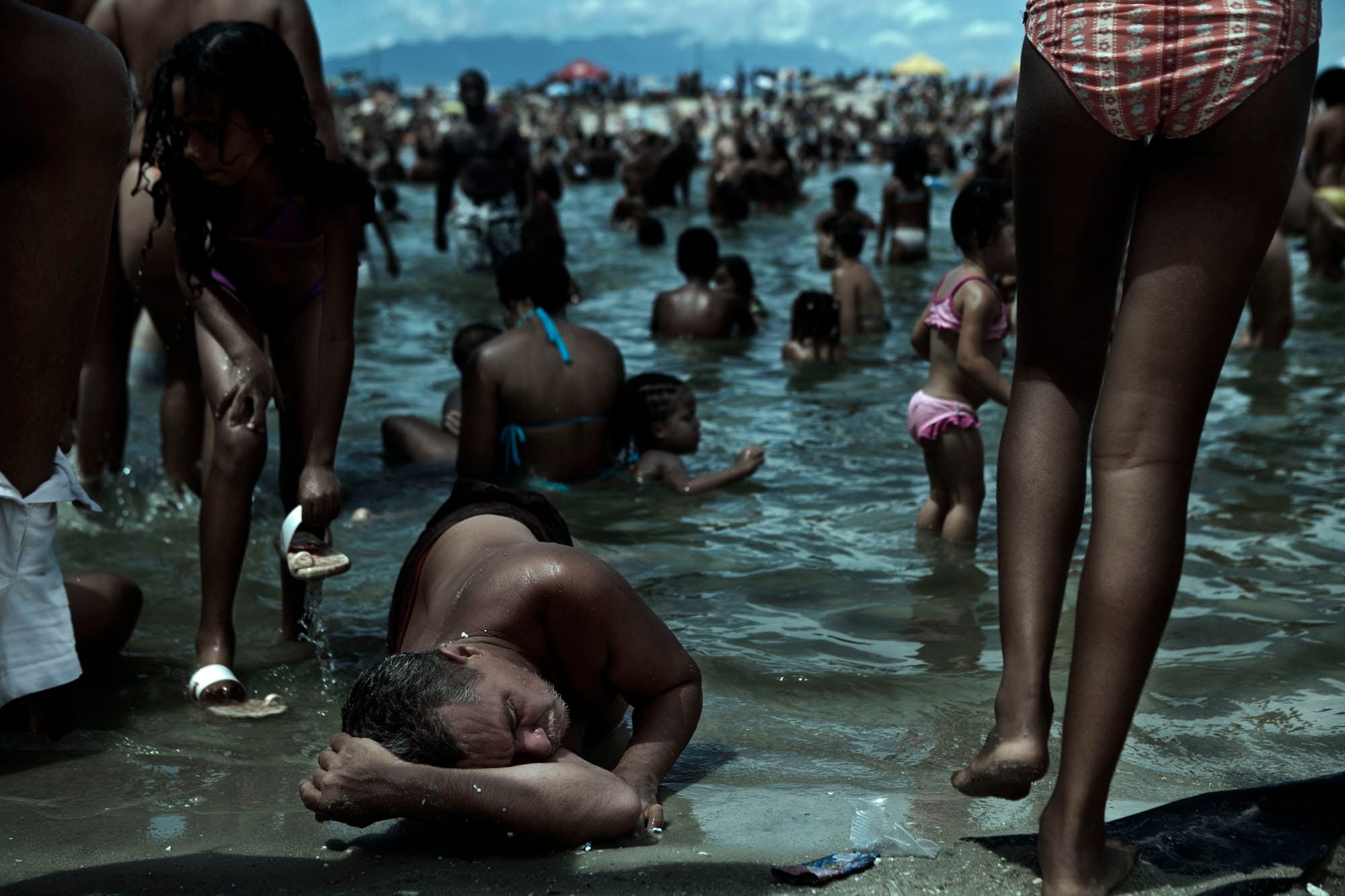
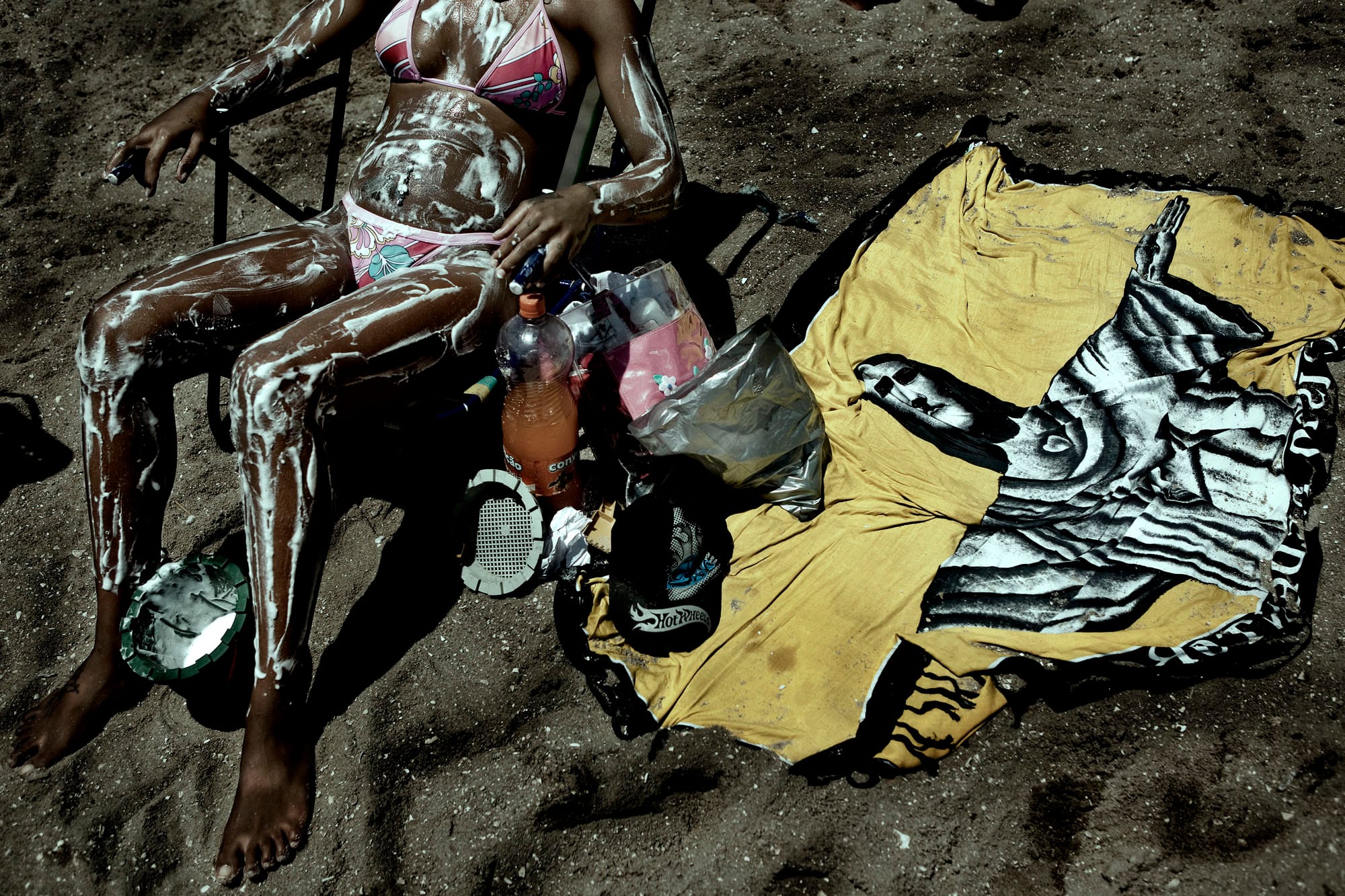

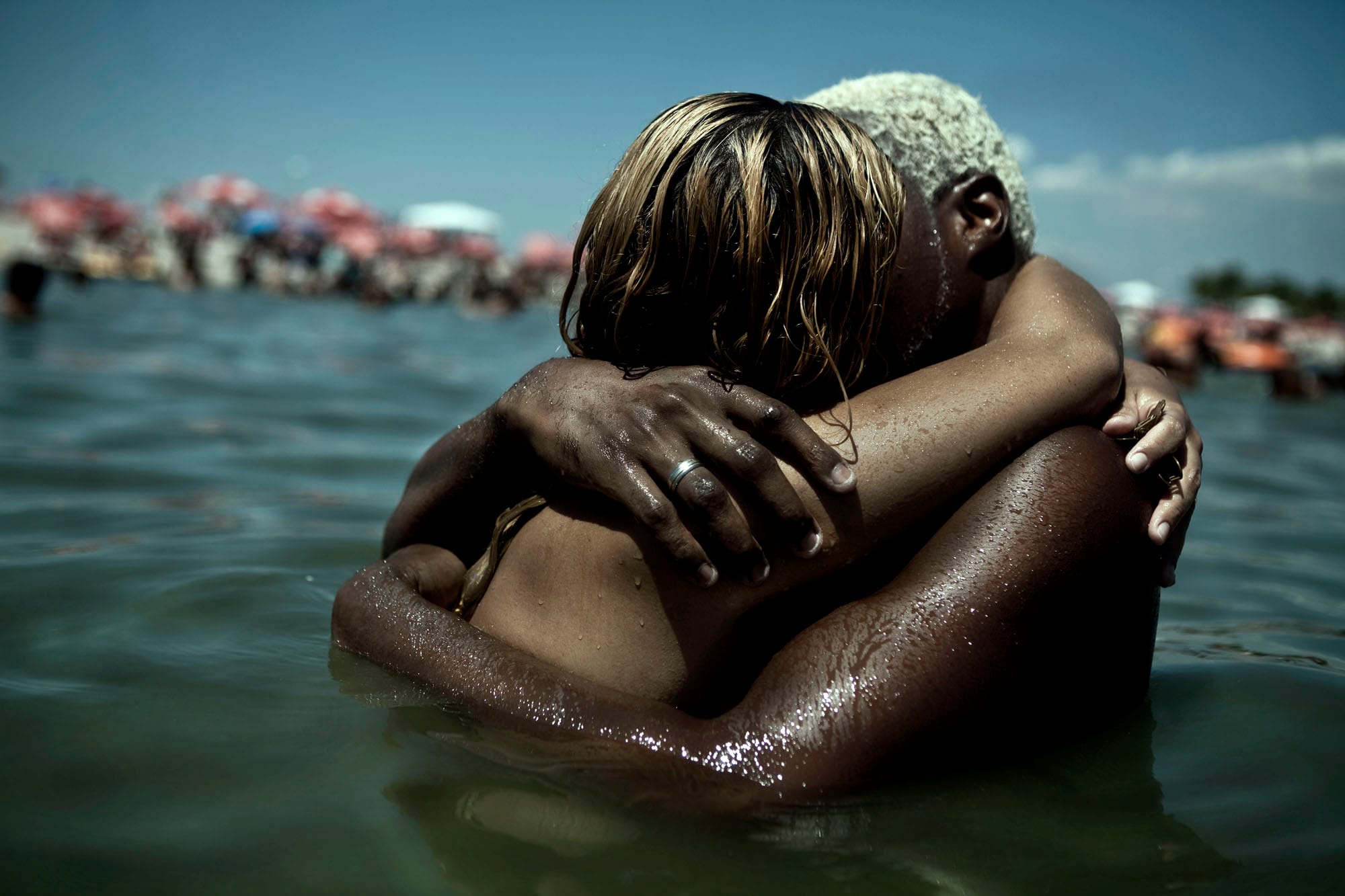
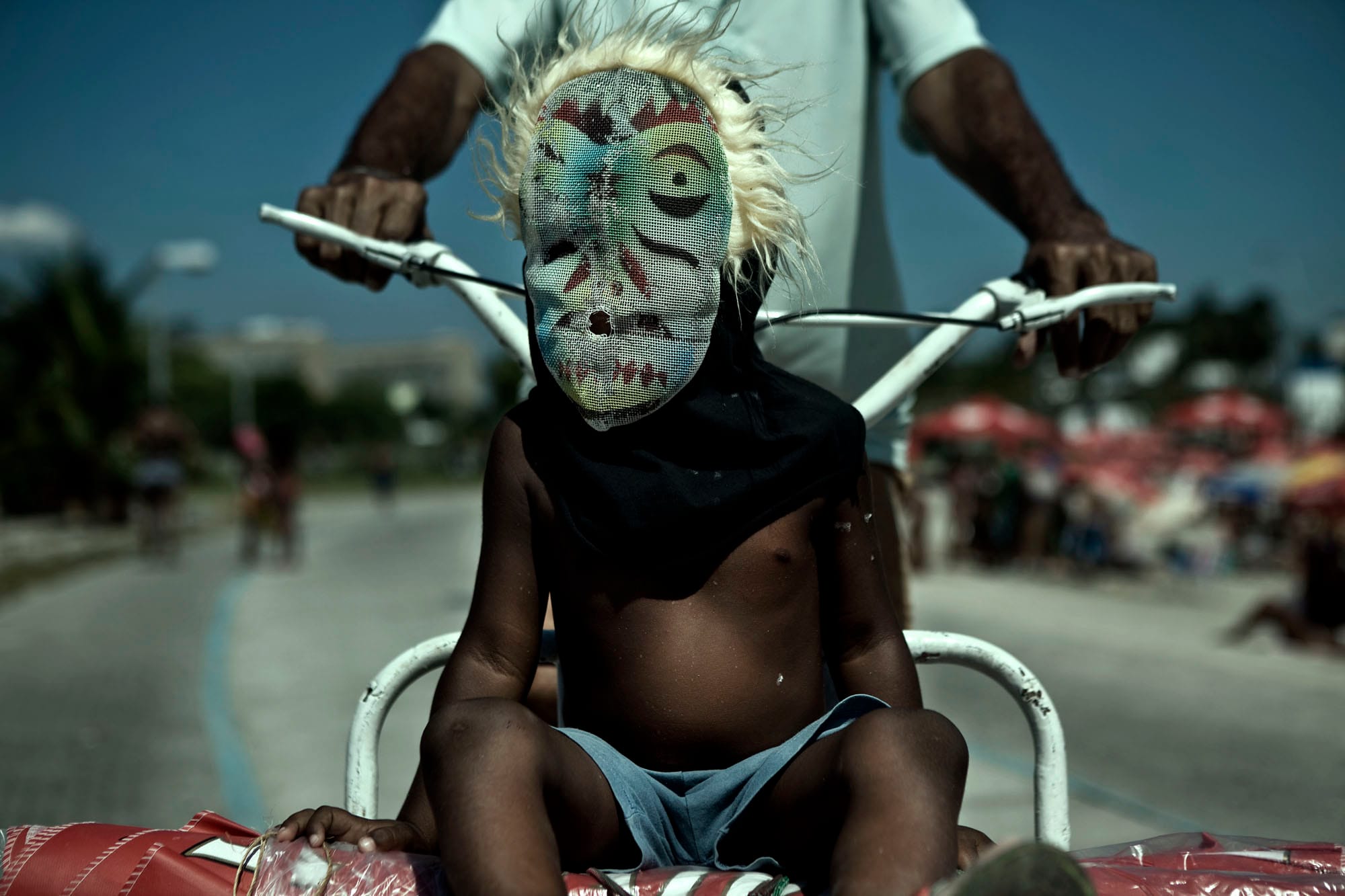
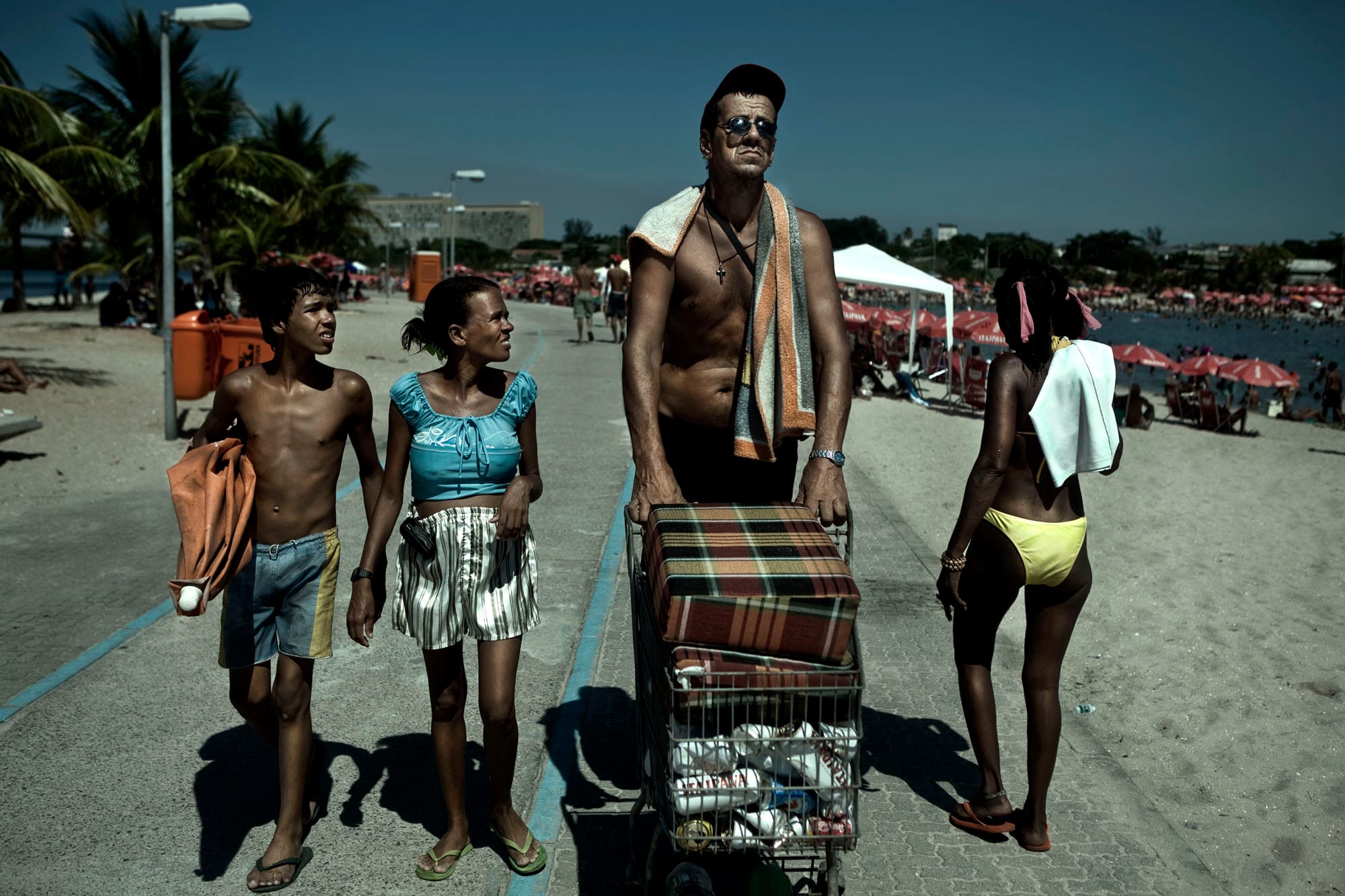
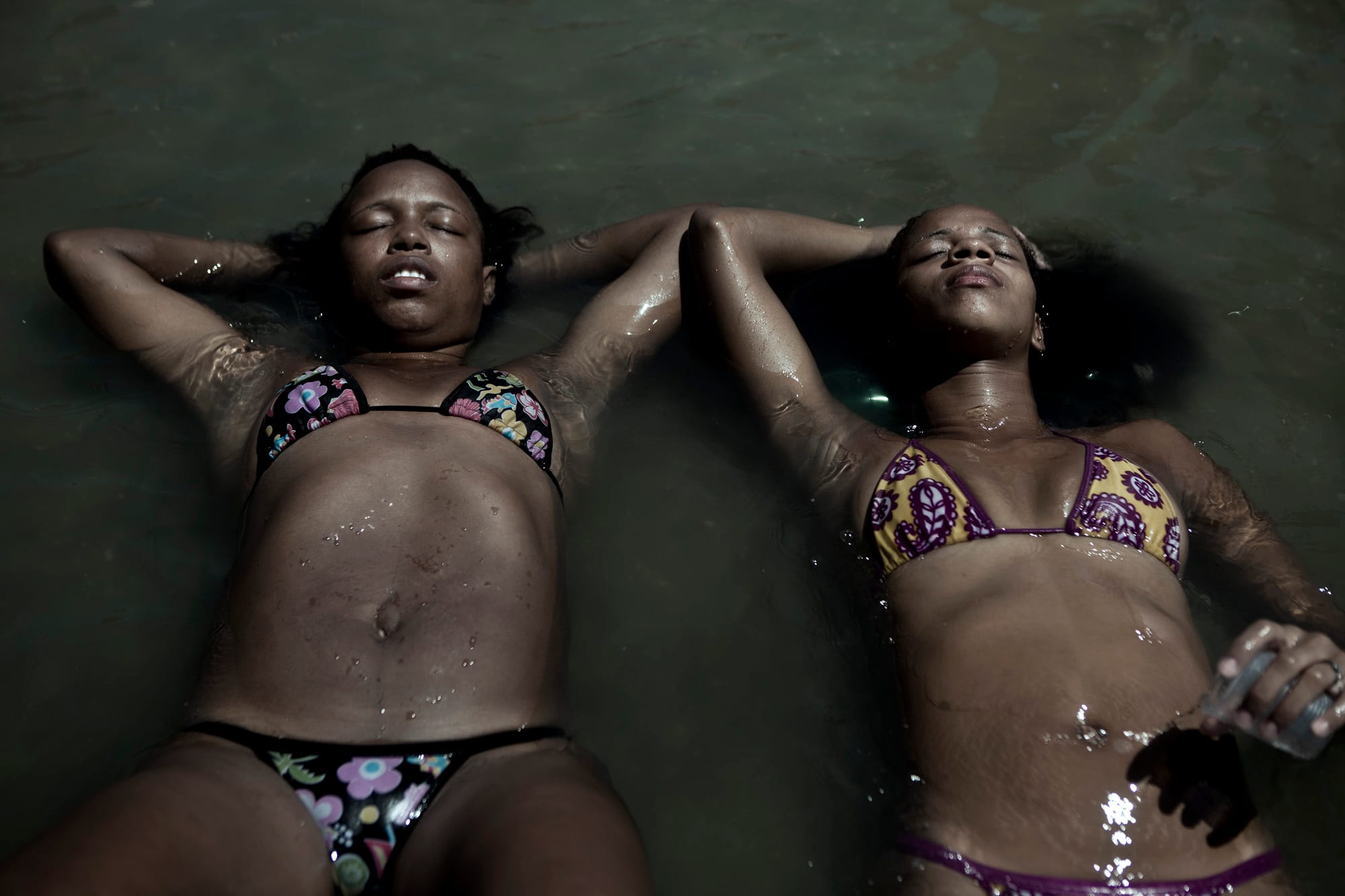
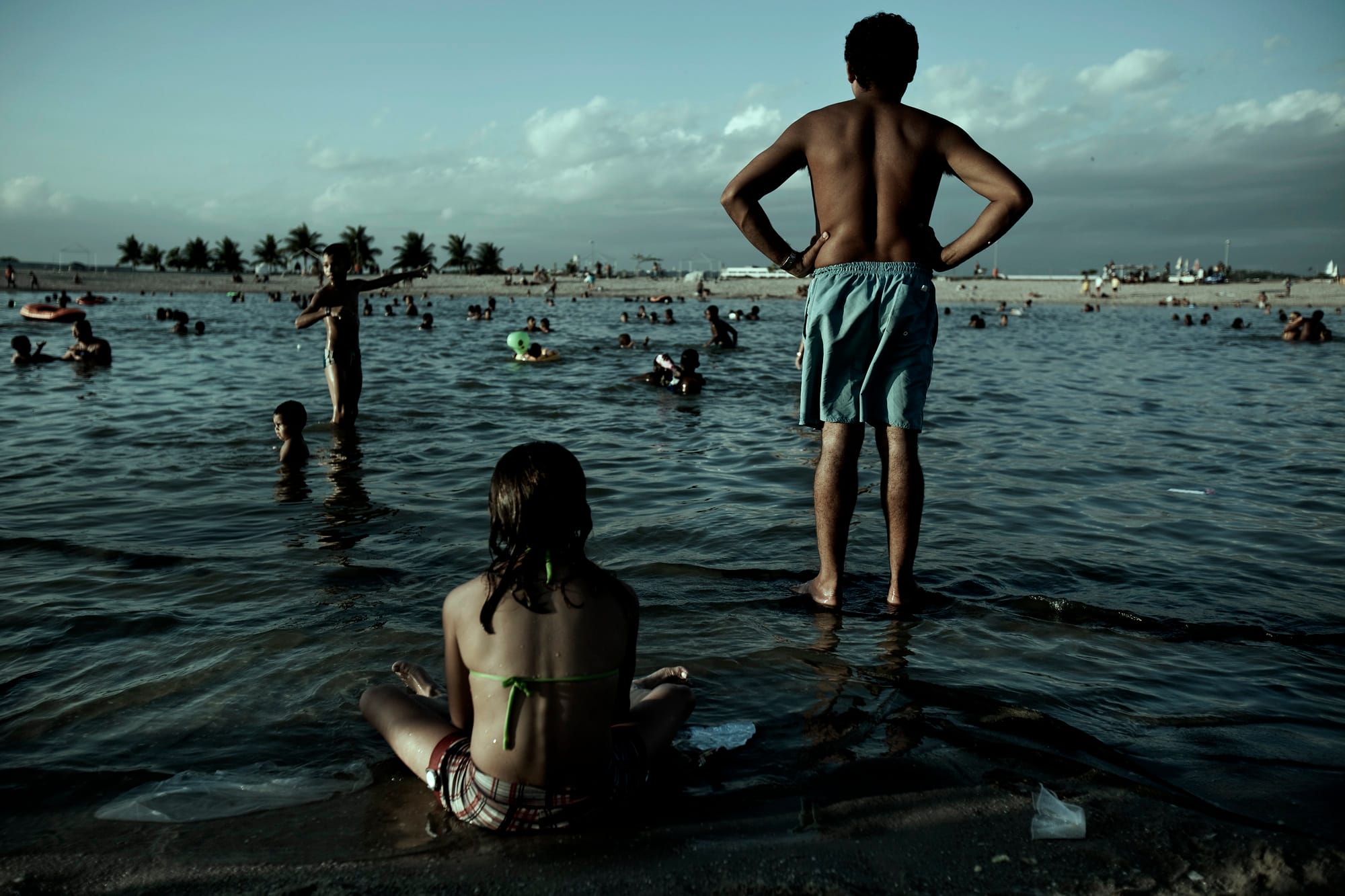
Interview continued
TMN: Describe a photoshoot. How did you interact with the beachgoers? Were you dressed in beachwear as well?
JB: Sure! Just wearing shorts, flip-flops, and no T-shirt. I first heard about Ramos in 2001, around the same I started to shoot professionally. Many years went by until a conversation with a friend in a bar in Rio led to Ramos. He had another friend who knew a local musician named Bhega, and through him is pretty much how I “got in.”
I arranged a first visit to meet Bhega in Ramos and started meeting him on a regular basis almost every weekend and holiday over three to four months, without the camera—something I always like to do when starting a project.
After this period, having met almost everyone who works there at small bars or selling beers, renting chairs and umbrellas on the sand, I started bringing the camera and shooting. I usually stayed on the beach until the sun went away and chose to shoot mostly under the hardest light, from 10 a.m. to 3 p.m., because I wanted the images to somehow show the heat that you feel there. During the last couple of years of shooting this project, I rented a small place inside the community and can definitely say that I’ve made some good friends there.
TMN: Are the people at Ramos going to the beach to escape their everyday lives? To gather with friends and family?
JB: I guess you could say that. Even though it is believed that beaches are one of the most democratic spaces one can go to (and I agree), it still simulates society in many ways for good and bad. I just see it as fundamental human behavior. We all “escape” our everyday lives here and there. Among other things, it is a matter of budget for how far you can “run away” from your routine. For thousands of Cariocas from the suburbs, Ramos is that place.
TMN: Is it safe?
JB: You can’t say the same about the surroundings, but today Ramos is a pretty safe place.
TMN: Are there citizens who protest or boycott Ramos as a government project meant to win over poor voters?
JB: Not really. Close to its opening in 2001 there were a few protests more related to the then-governor Anthony Garotinho, but nothing that stuck.
TMN: What do these beach-goers think of the more touristy beaches in their city?
JB: They think of it as fancy, where the rich from the south side of Rio go to the beach. At the same time they are proud of having such a recreational area close to their homes and of being able to welcome visitors from “Baixada Fluminense,” among other areas within the city, that are even much further to the more touristic beaches.
